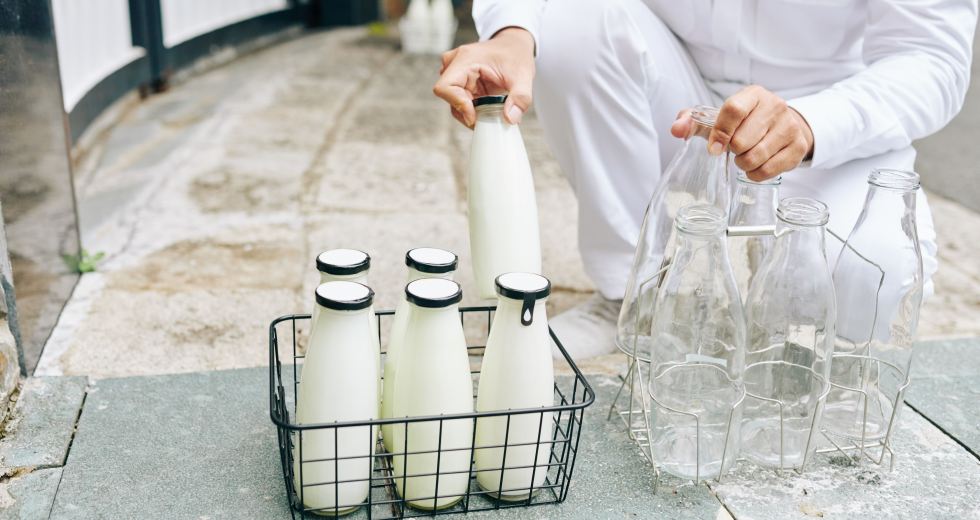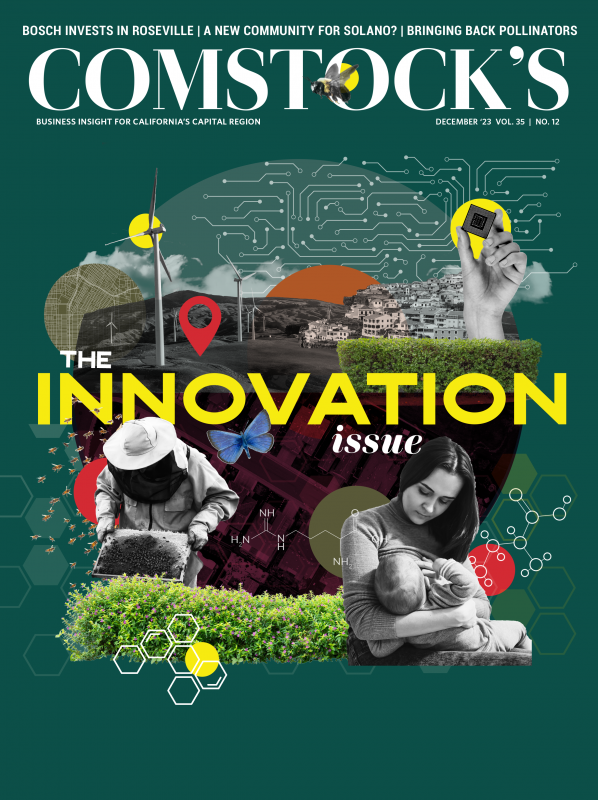Since this is our annual Innovation issue, in heavy contrast let’s look back to how things used to be. A humorous email from a friend reminded me of how we used to do things the long and hard way, which was the only way back then. I still do things that way; doesn’t that make it better? I hand-mop my hardwood floors on hands and knees. I sew a lot and would rather hand-stitch than use the sewing machine. I hand-wash my car (it’s never been through a carwash), and I hand-wash my dishes (my dishwasher hasn’t been turned on in 25 years).
Much of our news today relates to a greener and cleaner environment. And who doesn’t want that? But when I grew up, things were greener, cleaner and simpler too. Go figure. Back then, the grocery checker was happy to ring up your groceries and even loaded them in your car. The paper bags were free. The milkman used to come every week dropping off bottles of milk. When empty, we’d wash and return the bottles.
Mom laundered clothes in a washer with a wringer attachment, then hung the clothes on the line using one-piece wooden clothespins. The clothesline was on a pulley, and after you hung an item on the line, you could push the line forward and hang the next item until you had a string of clothes that went out 150 feet or more. That pulley was my dad’s innovation. No dryers in those days.
We were the first family on our block to have a TV set — a small black-and-white console with lots of “snow” (interference) because the screens and tech were unsophisticated then. The TV, a brand-new Spinet piano and a gas range and oven were gifts to my mom from her loving dad who lived in Los Angeles. What an amazing day it was when those items unexpectedly arrived at our home. We would all lie together on the floor in front of the TV and watch things like “You Bet Your Life,” starring Groucho Marx, and the Milton Berle and Disney shows. My brother, my sister and I would also lie on the floor listening to our favorite Westerns on the radio — “Hopalong Cassidy,” “Lone Ranger” and “Roy Rogers” were favorites.
I started enjoying magazines when I was about 5, not having the slightest idea that when I grew up I’d be making them. Sunset was my favorite. After going through all the pages, I’d carefully razor-cut the colored pages out of the magazine at the seam so I’d have a full page, then I’d roll each page up tightly in the form of a dowel, secure each one with tape, then tie them together to form a placemat. Several I made would become a gift to my mom.
As I grew a bit older, I got to walk to town for a 5-cent glass of Coca-Cola at the soda fountain with one of my friends. I made little yarn dolls which I sold to friends, family members and ultimately to the local five-and-dime store where they were resold (imagine a store that featured those prices). My favorite purchase was a Slinky — it was 15 cents.
Roller-skating was the most productive form of transportation through the neighborhood, and we lived very close to something called “the Diggin’s” where decades before, during the Gold Rush, hydraulic mining took place. It left in its wake a steep mountainous area called Sugarloaf. Through the years it had overgrown with manzanita where the kids in the neighborhood would build forts and make trinkets we’d barter for with each other using broken colored glass as money. Kids in the neighborhood would leave home after breakfast and not return until dinner time. We played all day; it was safe then. No one worried, but you’d better be home in time for dinner.
Meals were a family occasion. Dad worked and was the cook in the family. Mom kept the house and the kids neat and clean. We walked to school, oftentimes in the snow. If we complained, my dad would tell us how he walked to school barefoot — in the snow — uphill both ways. No one had to lock their doors in those days.
When I was a young 15-year-old driver, attendants pumped the gas, washed the windshields and checked the oil and tire pressure as a matter of course. Plus, they gave out green stamps we could save until we had enough to buy something. I’m aging myself, but gas was 25 cents a gallon then.
As I write this letter, I’m reminded of a song that says, “Everything old is new again.” Sometimes that’s a good thing, sometimes not so much. But for now, let’s raise a glass to innovation — and all the modern conveniences we enjoy today. And let’s not forget the things that made life worthwhile when we were kids. What do you think?
Winnie Comstock-Carlson
President and Publisher
–
Stay up to date on business in the Capital Region: Subscribe to the Comstock’s newsletter today.
Recommended For You
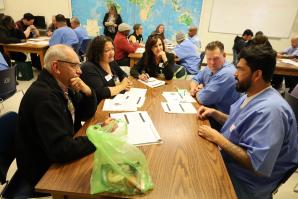
What Does Real Prison Reform Look Like?
Comstock’s president and publisher argues the benefits of inmate education programs.
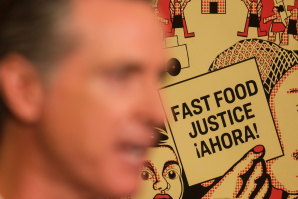
The Wage of Innocence?
Comstock’s president and publisher reflects on minimum wage and the value of work.

Successful Entrepreneurs Are Innovative Risk-Takers
Comstock’s president and publisher considers the risks involved in becoming a successful small-business entrepreneur — such as starting a magazine with just $2.50 in your pocket.

Sacramento Rising: It’s Our Time
As Walt Kelly’s cartoon possum Pogo said on posters for the first Earth Day in 1970, “We have met the enemy and he is us.” Comstock’s president and publisher considers how the motto applies to California.
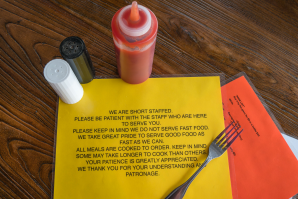
How to Win the ‘War for Talent’
Doesn’t anybody want to work anymore? It’s not just a rhetorical question. More than 50 percent of those surveyed by Pew Research said they believed they would get ahead in their careers by working harder. I was heartened to see that, because my personal mantra for success has always been that working harder is the first and best way to solve most problems.



